Constructing Resilient Futures Through Nest-In's Sustainable Prefab Infrastructure
Today’s rapidly changing climatic patterns and increasing urbanisation have surfaced the need for robust and sustainable infrastructure. As we move towards a smarter tomorrow, it becomes important to address the challenges posed by climatic changes and align construction practices to meet sustainability and disaster preparedness goals.
This blog focuses on the impact of climate change on urban infrastructure and how emerging companies in the Indian construction industry are tackling modern challenges to build structures faster. Additionally, this blog features Nest-In from the house of Tata Steel, a renowned name in prefabricated construction solutions in India, and how it is contributing to sustainable infrastructure and eco-friendly construction.
The Impact of Climate Change on Urban Infrastructure
Growing urbanisation is contributing drastically to increased environmental pollution. In the past few years, the construction industry accounted for more than 30% of greenhouse gas emissions. Additionally, concrete production alone is responsible for 8% of the global CO2 emissions. This percentage is expected to fall by 16% by 2030 as decided in the Paris Agreement. To meet these expectations, the construction industry is moving past traditional construction methods and choosing modern alternatives.
Prefabricated and green construction methods are becoming increasingly popular as new-age construction methods. Nest-In from the house of Tata Steel is at the forefront of this movement towards sustainable infrastructure. Nest-In's prefab construction processes use 48% less fresh water and 65% fewer material sources, and have 53% less greenhouse gas impact than traditional RCC construction methods.
Faster Construction Processes
Nest-In provides 2x faster construction solutions, enabling swift and efficient construction of strong and stable shelters.
The components for Nest-In's LGSF structures are manufactured in a factory-controlled environment to ensure precision and accuracy. This leads to significantly less usage material sources and production of construction waste as compared to traditional RCC construction methods. The components are transported to the final site only for final assembly, thus reducing heavy dependency on extensive transportation, heavy machinery, and labour, and speeding up project timelines.
Another prefab offering from Nest-In is a range of plug and play cabins (MobiNest) that are helpful in disaster-prone areas to provide infrastructure for hospitals, clinics, accommodation, sanitation solutions, and more. Nest-In's MobiNest structures are manufactured entirely in a factory-controlled environment, and are transported to the final site only for final installation and electrical and plumbing connections. This, too, reduces the need for extensive transportation and labour, which may be difficult to provide in disaster-struck areas.
Greener Construction for Sustainability
Unlike RCC structures that utilise labour and resource intensive materials like cement, concrete, and bricks, Nest-In's prefab construction solutions use sustainable materials and processes.
In Nest-In's LGSF structures, cement is used only in the foundation, and thus, there is no requirement for excessive water in the drying and curing process. The above-ground structure is built with steel frames and fibre-cement gypsum boards, and is dry. 48% less fresh water is consumed in Nest-In's prefab construction process as compared to RCC construction.
Prefab construction also uses less heavy machinery and vehicles for transportation, resulting in fewer carbon emissions than RCC construction. Precision technology used to manufacture the prefab components and structures ensures minimal construction waste. Nest-In's prefab construction solutions have 53% less greenhouse gas impact than RCC construction methods.
At the end of product life cycle for a prefab structure, the steel frames and other components can be reused or recycled, which is not possible with RCC buildings as they use bricks and cement that cannot be dismantled. Additionally, since the prefab components are made in the factory, large volumes of water and other natural resources are not required. Thus, Nest-In's prefab construction uses 65% less material sources than RCC construction, as the latter requires copious amounts of water for mixing and curing cement, making bricks, and more.
Wind and Seismic Resistant Structures
In the face of the increasing frequency and intensity of natural disasters, it is essential to build structures that can withstand extreme weather conditions. Unlike conventional construction methods, prefab buildings can withstand strong seismic forces. Nest-In's LGSF construction solutions are able to withstand wind speeds of up to 240 km/hr and resist seismic forces of zones IV and V as compared to traditional construction (RCC). By prioritising resilience in design and construction, Nest-In ensures that the structures are well-equipped to withstand the challenges posed by natural disasters.
Create a Sustainable Legacy with Nest-In
As we confront the challenges of climate change and urbanisation, the importance of resilient and sustainable infrastructure cannot be overstated. Nest-In's innovative solutions exemplify the possibilities of building structures for a stronger tomorrow, where sustainability, resilience, and prompt disaster relief are at the forefront of construction practices. By embracing these principles, we can create a built environment that is not only resilient to the challenges of today but also sustainable for generations to come.
Posted in Nest-In on Jan 02, 2024.
Contact us
Recent Post
Seamless Solutions: Nest-In's Swift Rooftop Extension in Bengaluru
Rising to the Challenge: Building a COVID-19 Facility in Faridabad
Nest-In's Success with Dairy Kiosk Expansions in Assam
The Successful Partnership of Nest-In and a Fortune 500 Company for Their CSR
Meeting Customisation Requirements with Nest-In’s Prefab Construction Solutions
Category
- Nest-In 26
- HabiNest 51
- MobiNest 133
- Nestudio 27
- EzyNest 18
- Smart EzyNest 5
- ChargeNest 6
- Covid Offerings 4
- Brand 10





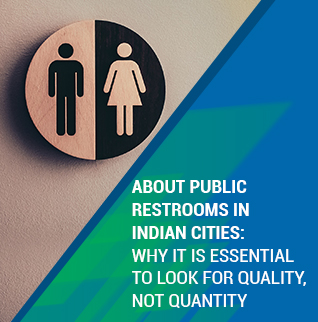
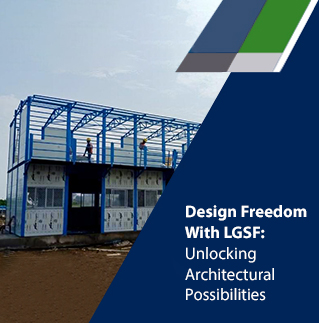
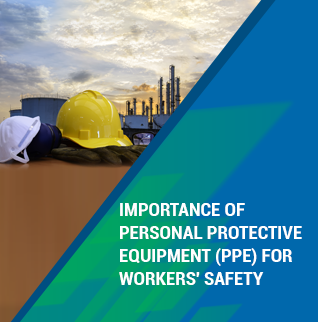
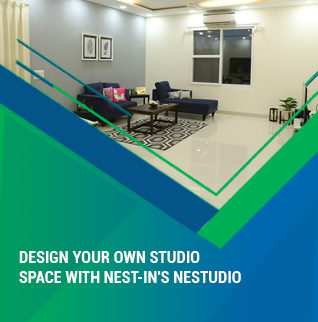




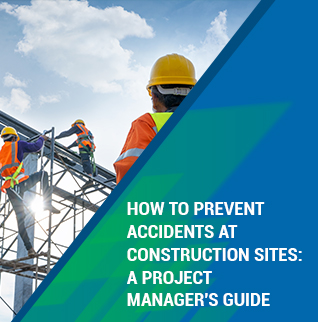
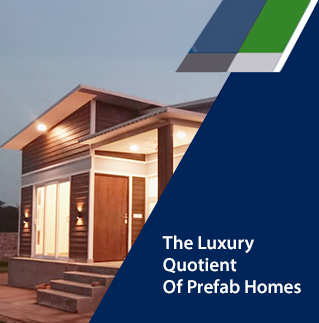
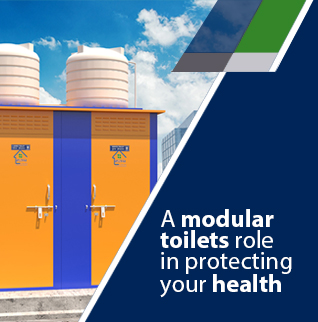
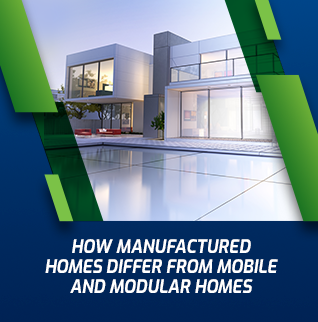
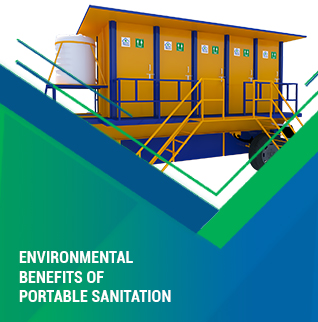

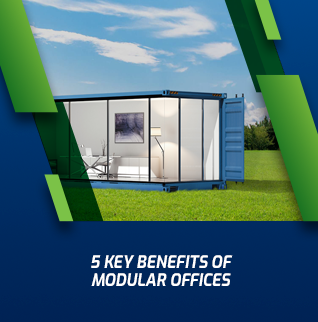
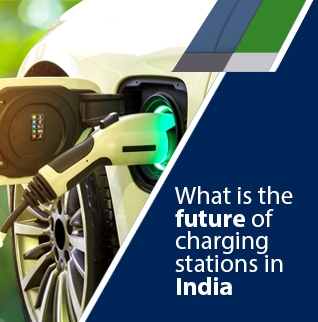
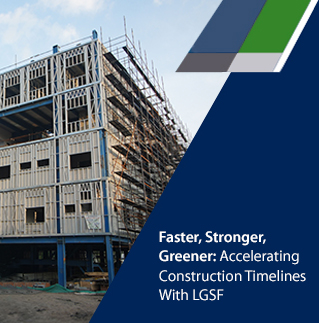
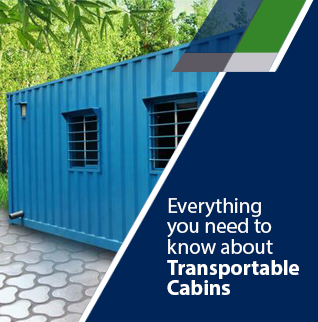
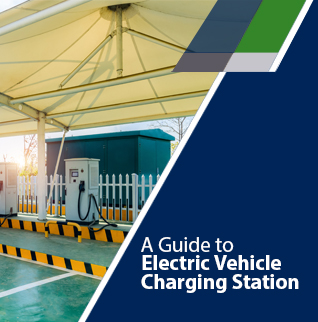
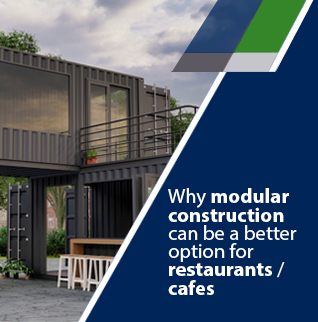

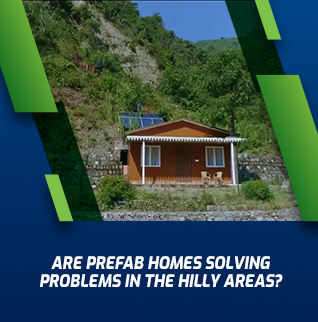
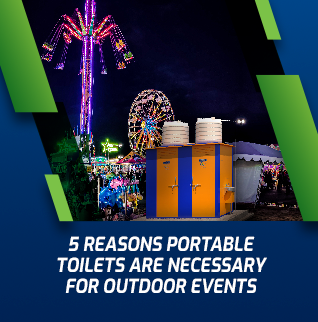

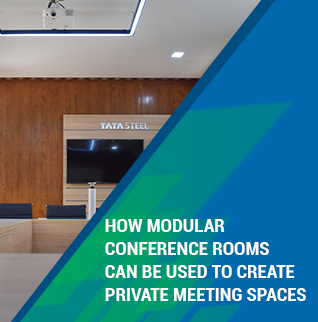
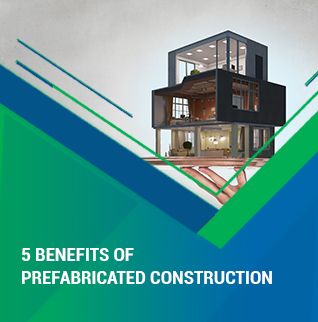
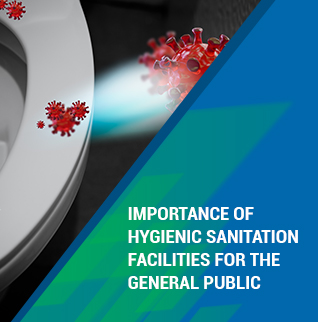
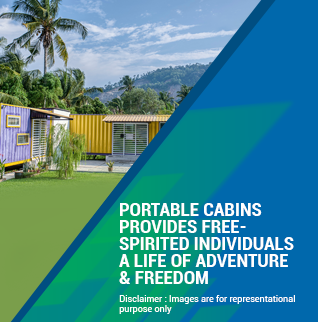
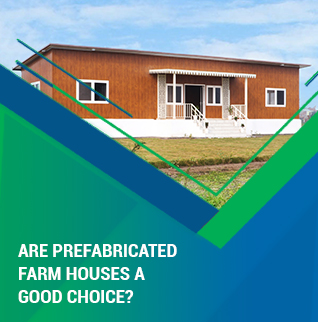
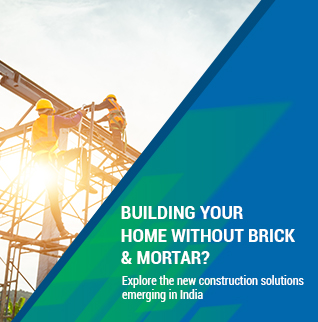
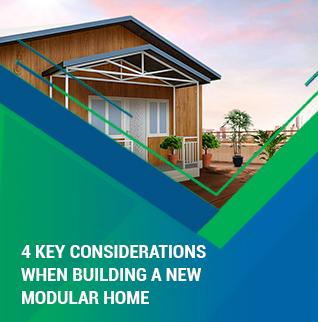
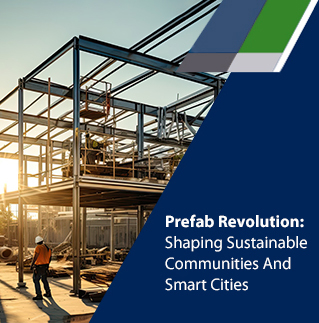
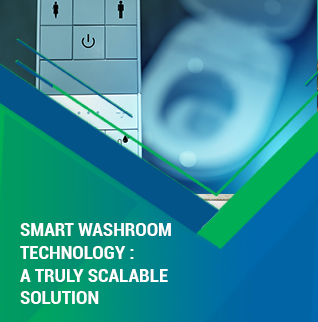
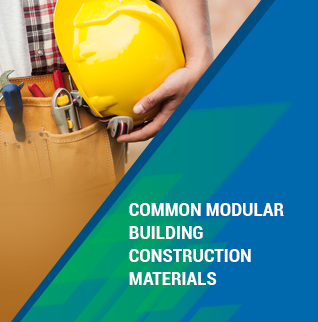


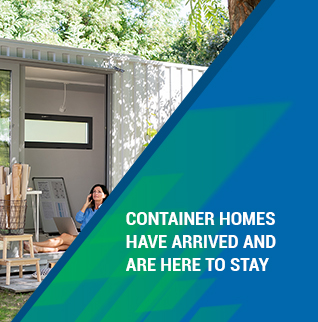
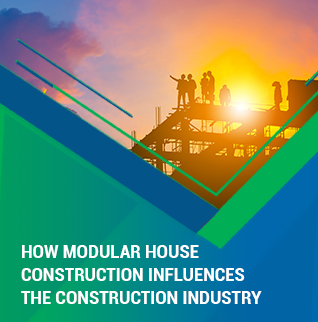
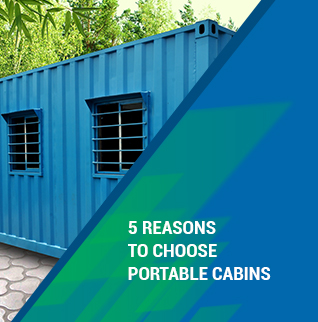




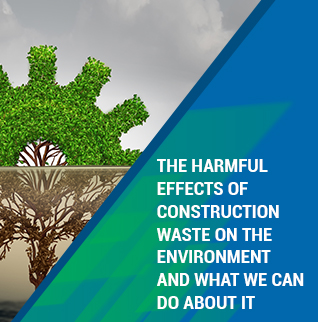
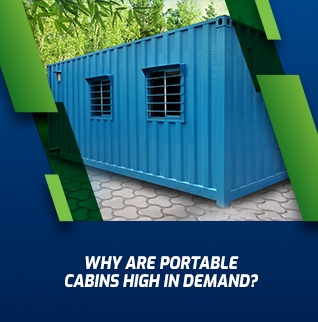
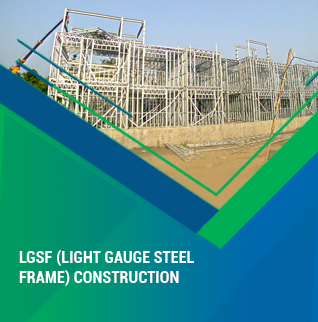

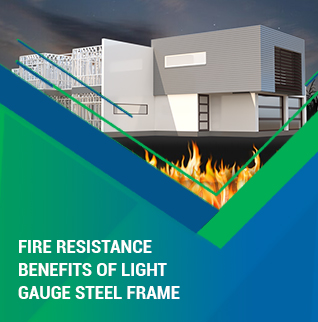
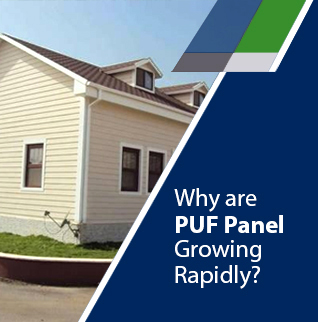
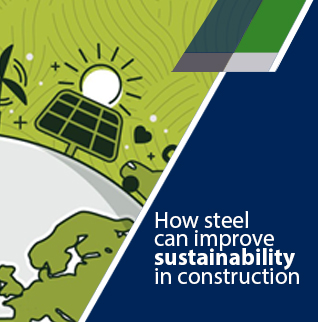
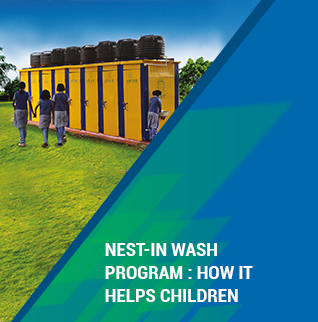
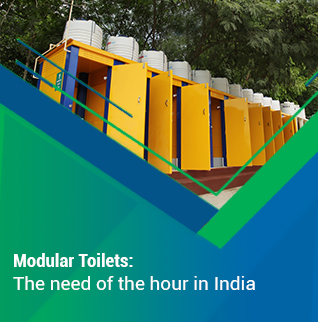
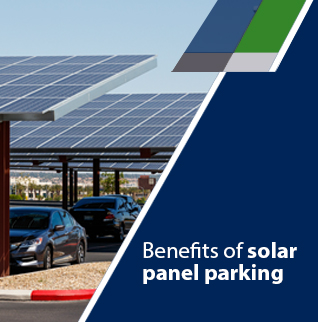
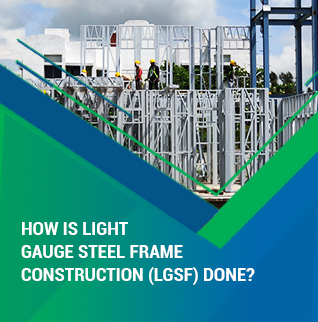
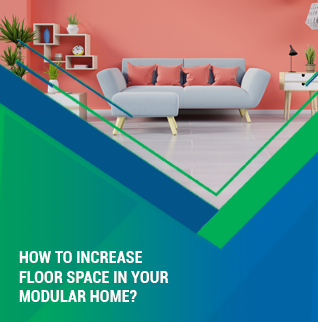
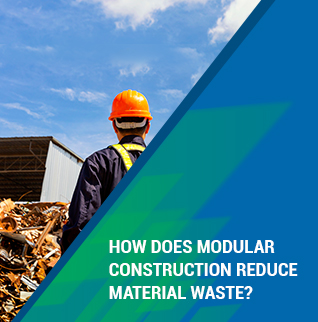
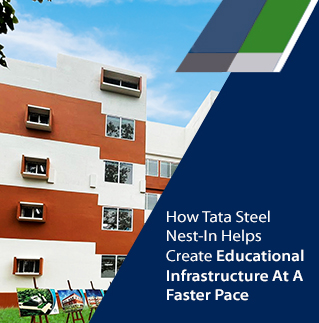
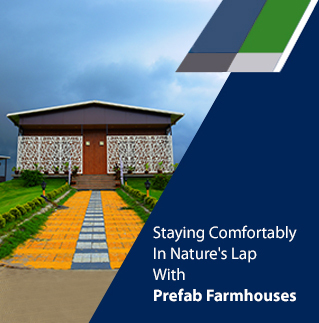
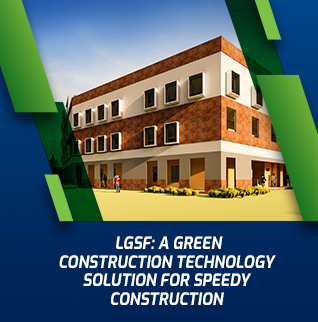
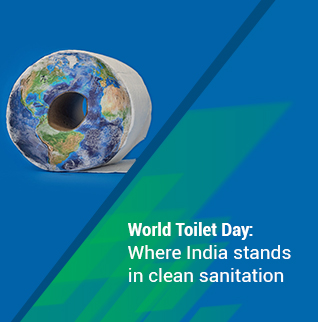
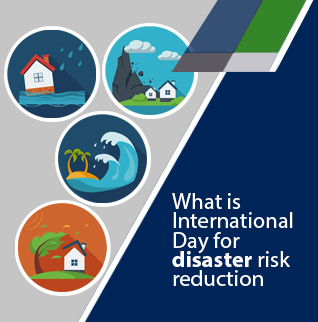
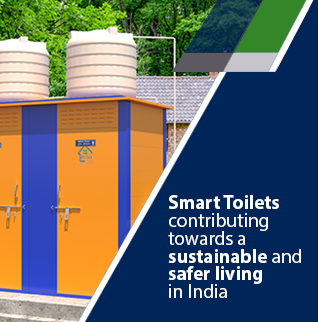
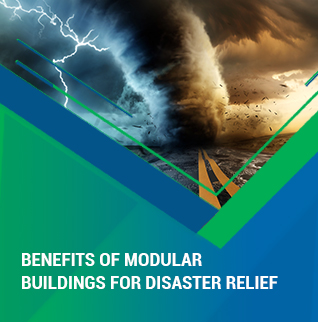
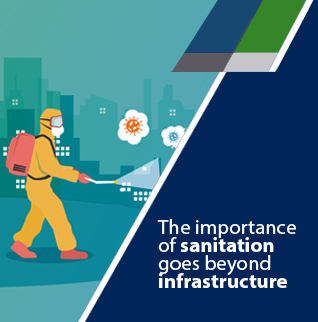
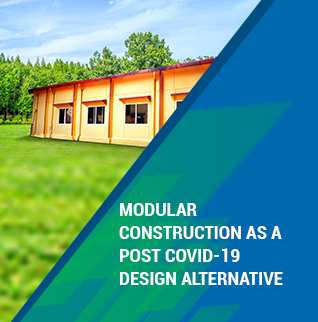
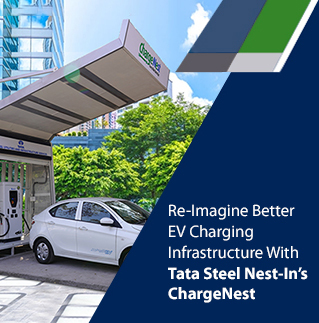
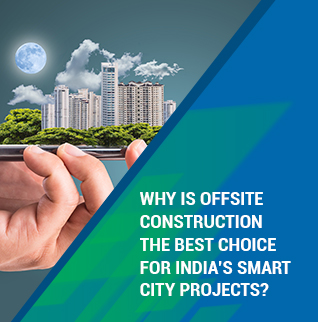
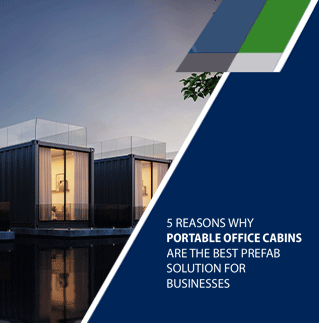
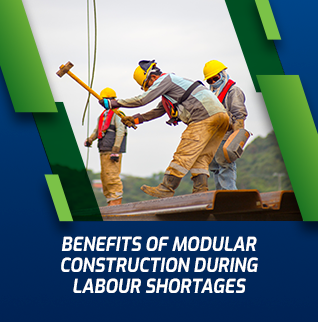
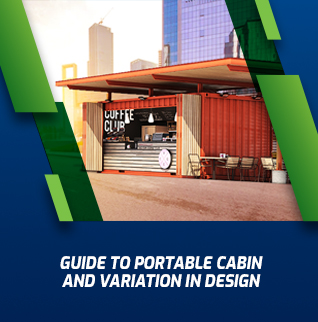
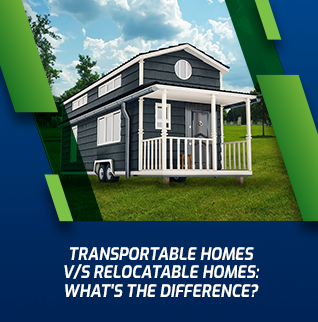

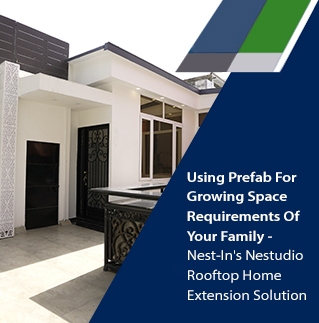
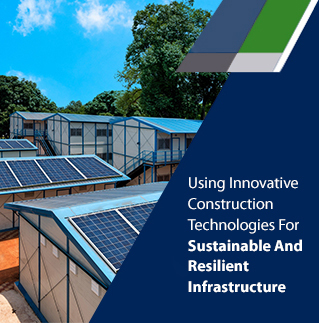
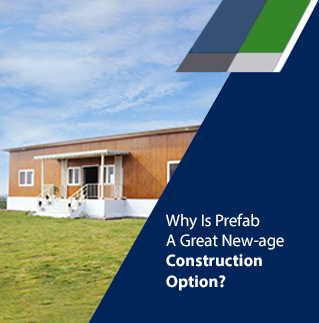
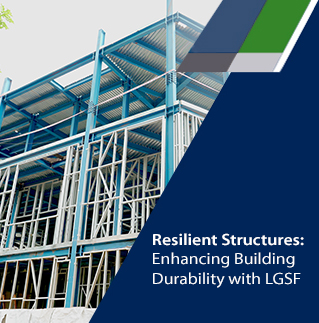
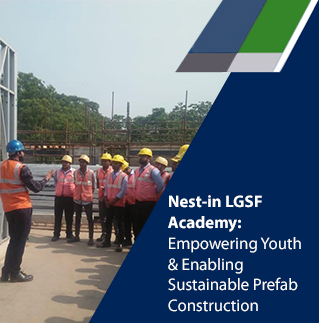
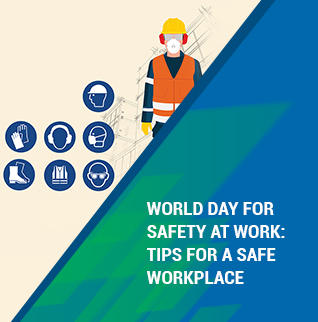
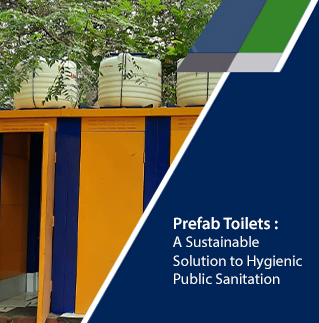
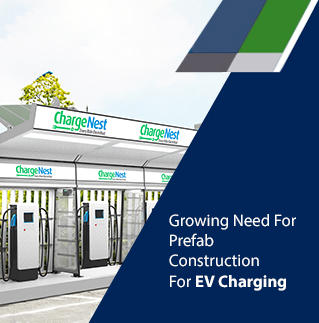
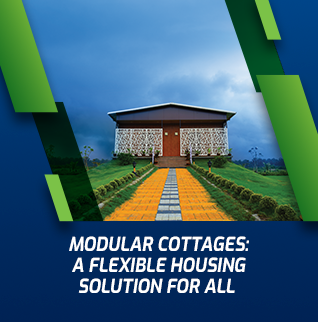
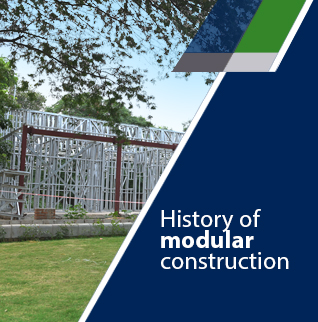
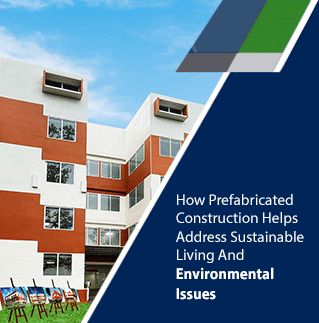
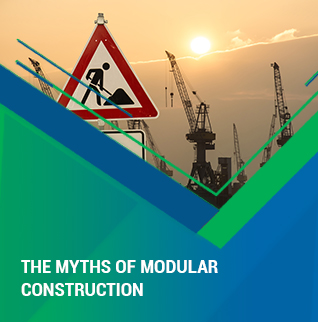

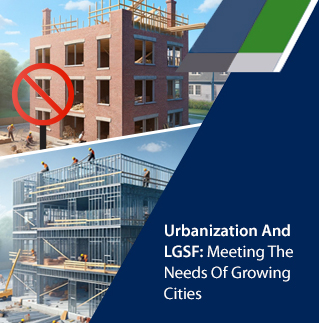

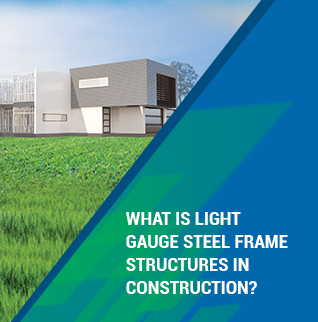
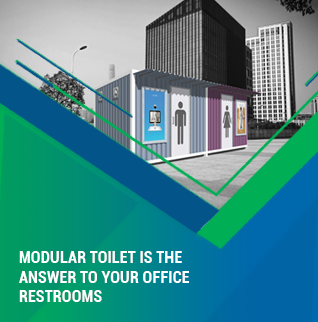
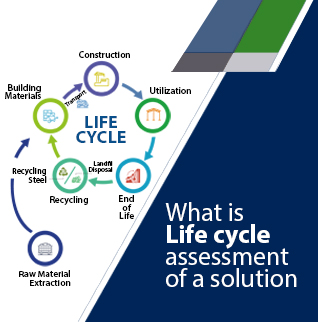
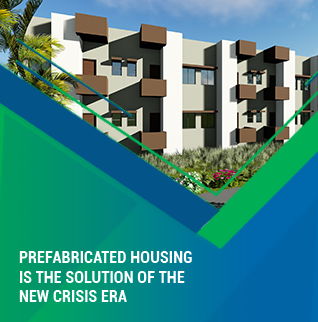
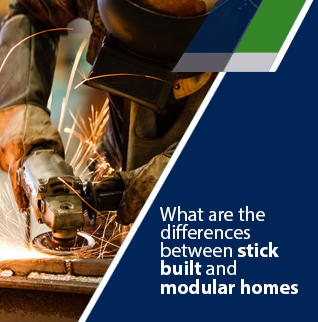
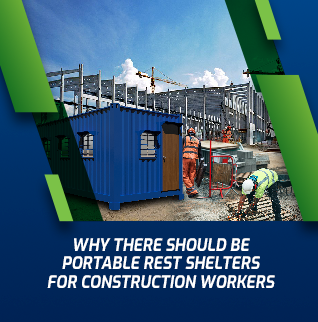
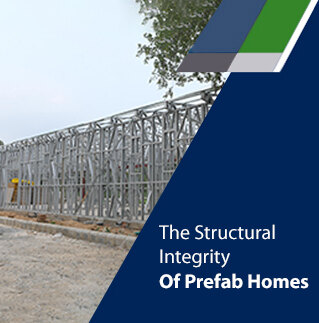
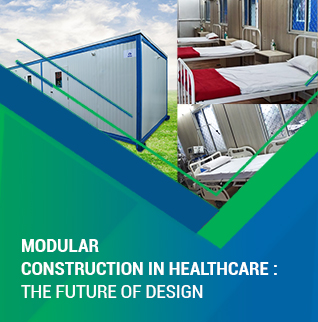
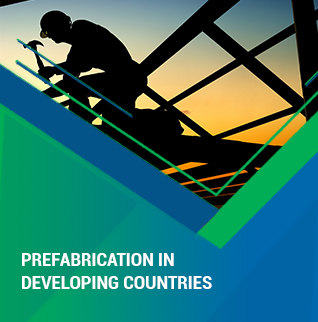
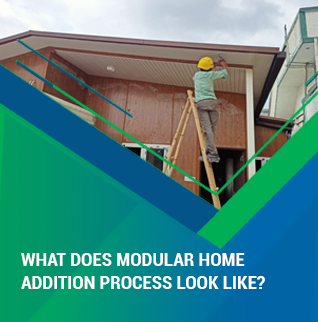
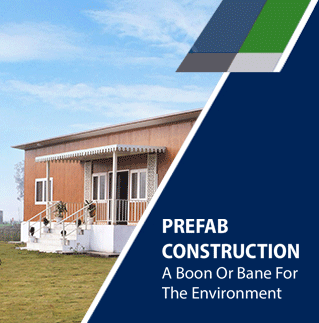
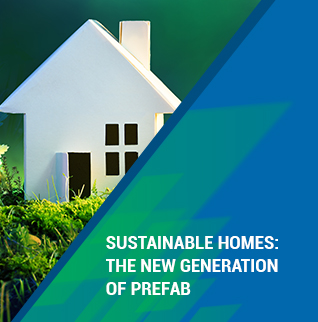
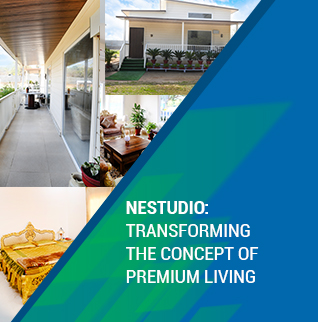
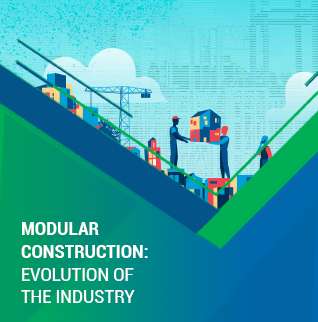
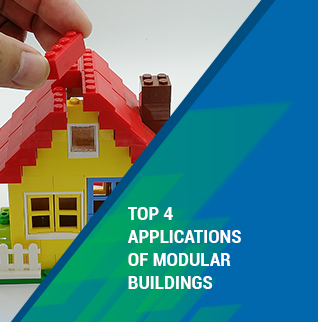
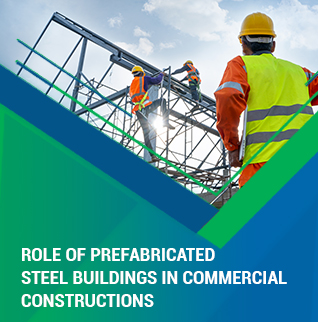
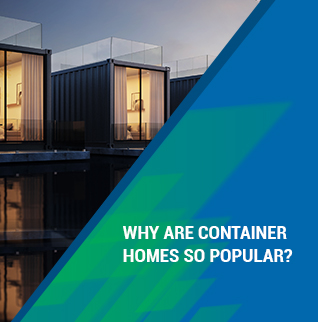
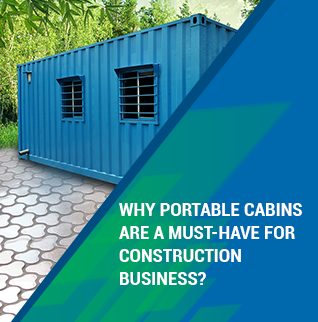
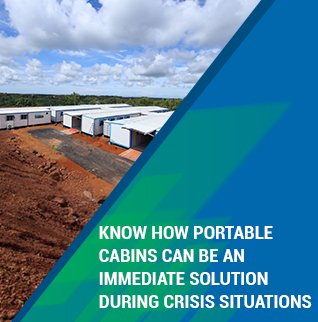
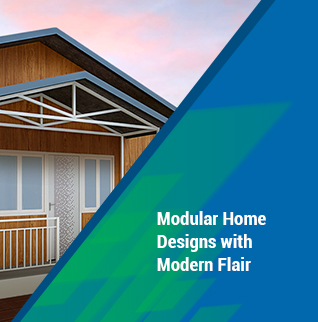
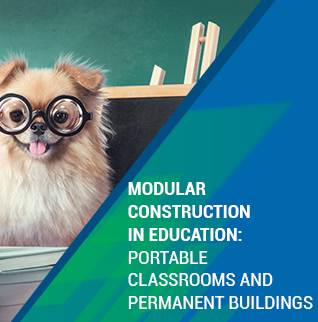
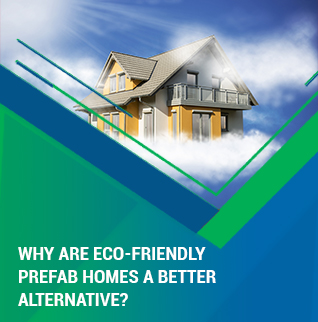

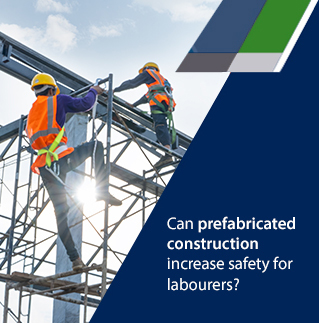
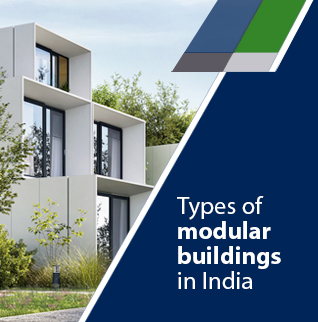
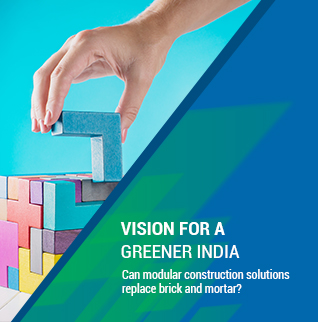


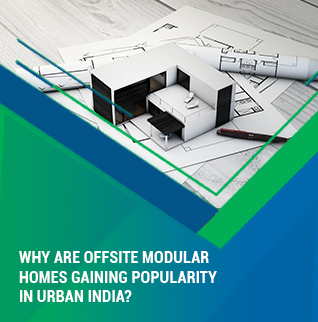
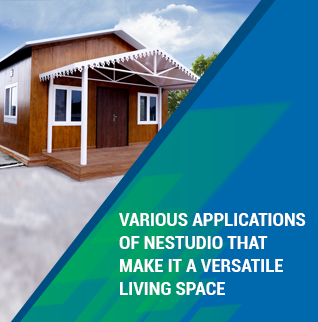
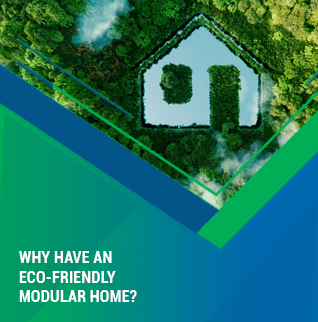
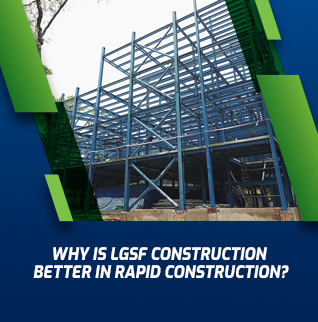

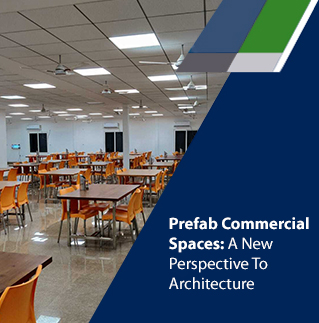

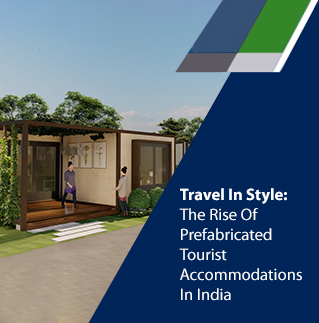
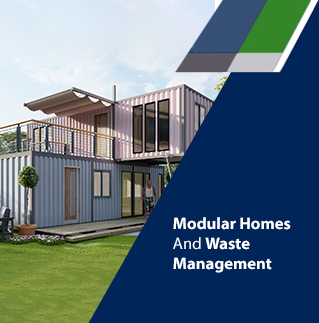

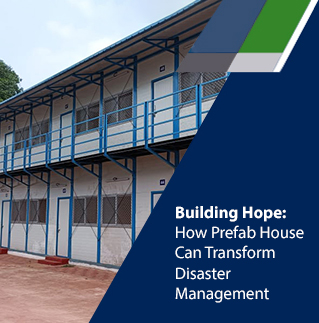

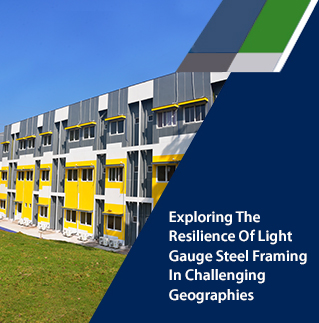
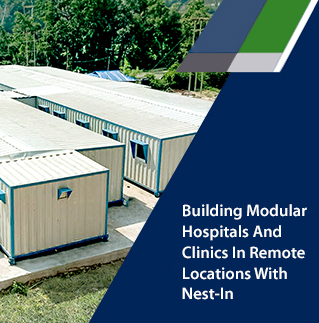
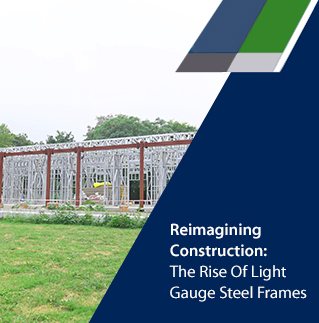
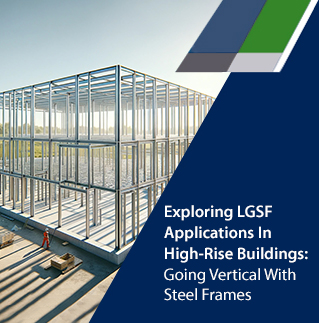
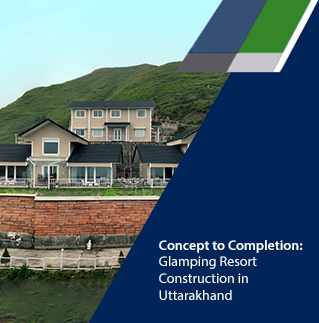
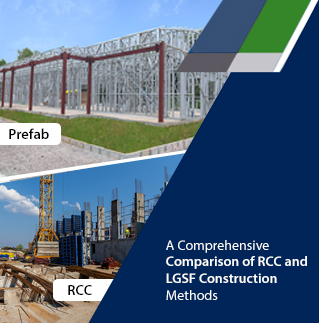
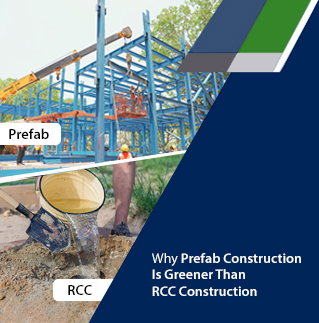
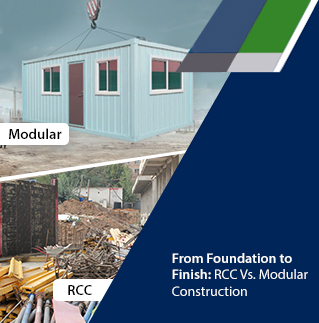

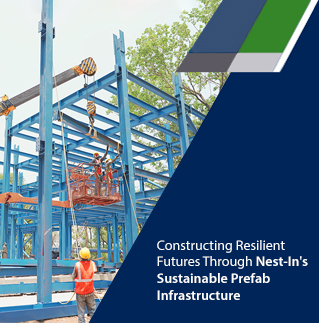
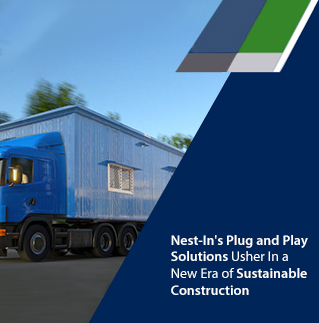
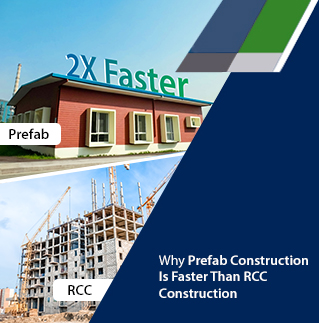
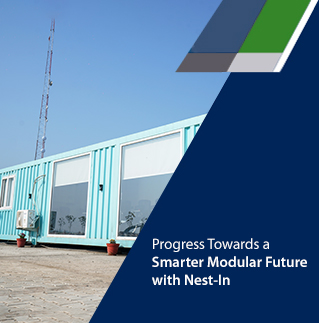

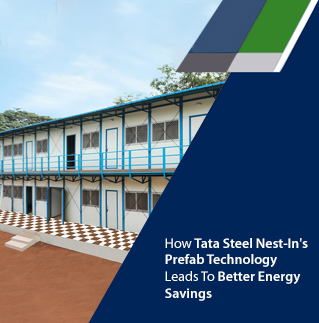
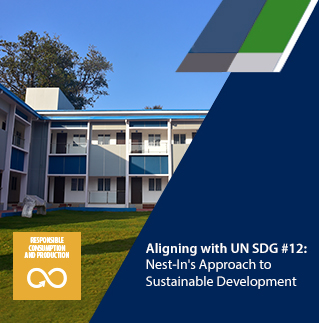
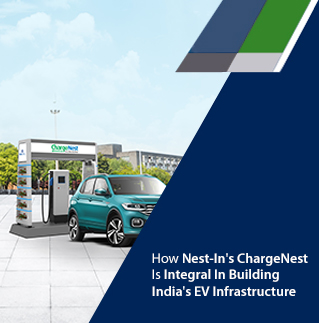
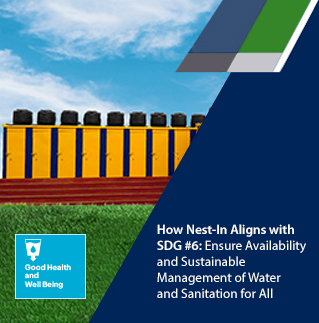
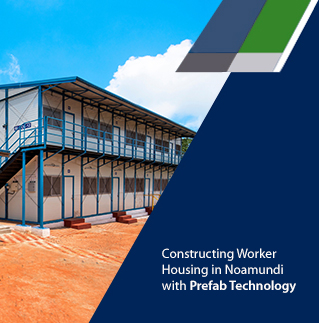
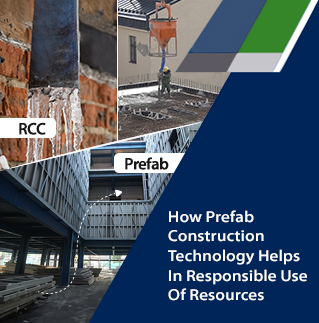
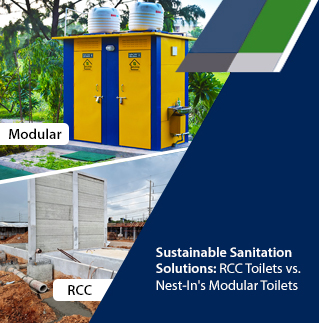
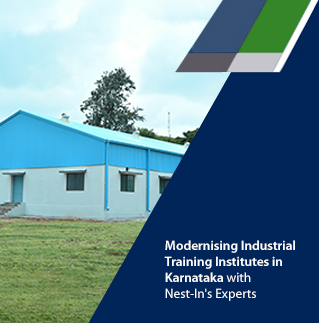
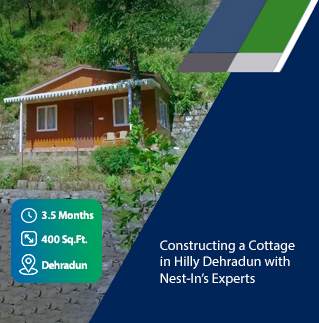
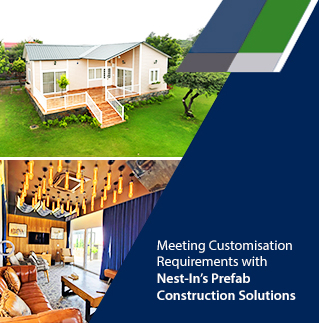
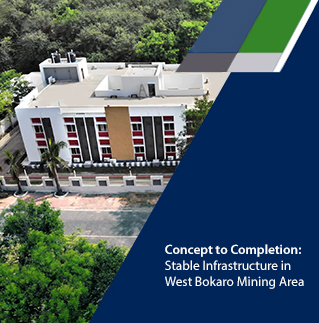
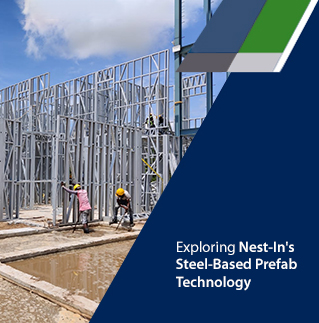
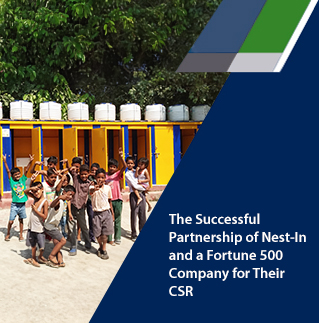
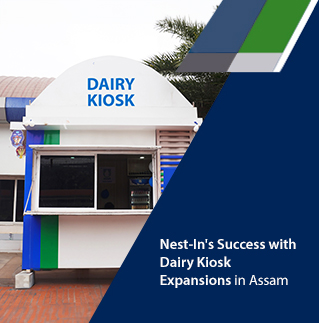
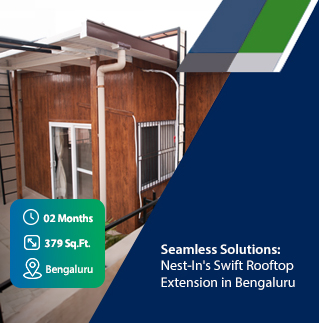
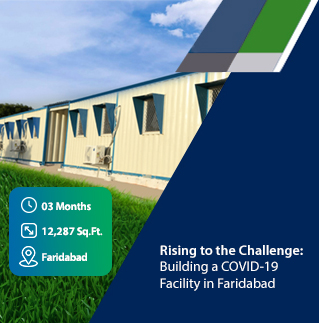


Add comment